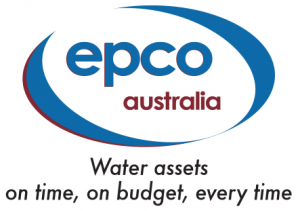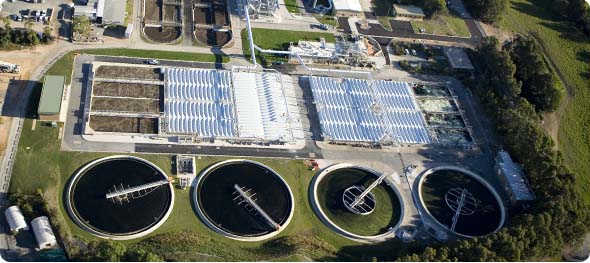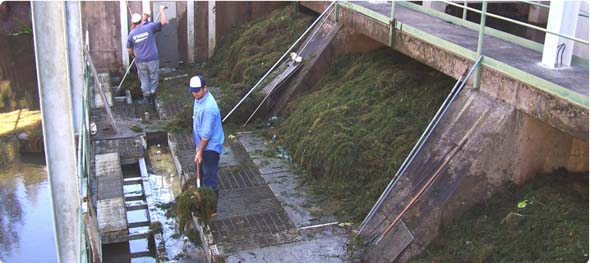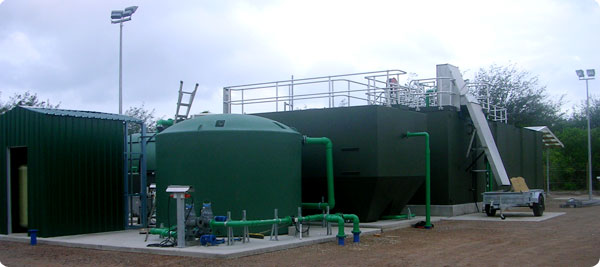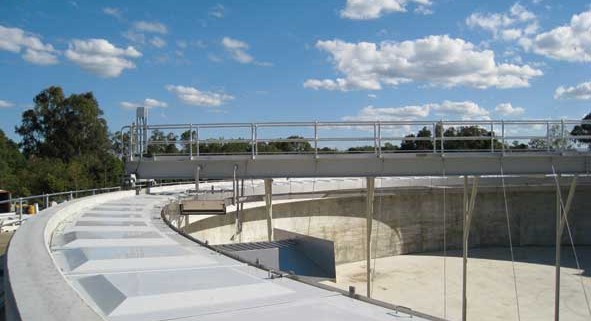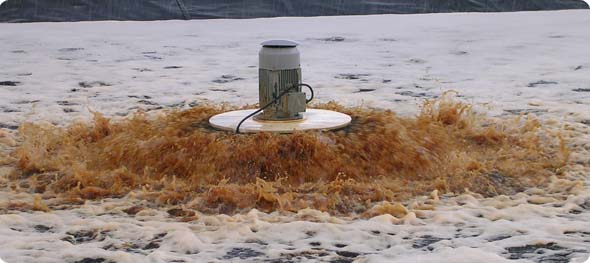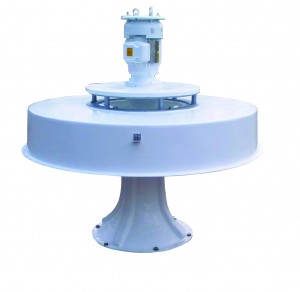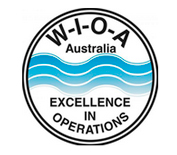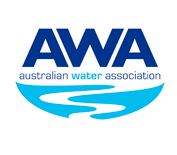Masig Island (Yorke Island) is a coral cay situated in the Torres Strait at the top end of the Great Barrier Reef surrounded by pristine aquamarine seas, rich in marine life. The sea has always been integral to the way of life of the Masig islanders. Commercial mackerel fishing, prawning and crayfishing is undertaken and a highly profitable fish factory has operated on the island since the late 1970’s. Currently trials are underway on a potential sea sponge aquaculture industry.
In 2007 EPCO Australia was awarded the contract for the development of a new wastewater treatment plant on Masig Island as part of the Torres Strait Islands Major Infrastructure Program which is delivering environmental health infrastructure to Torres Strait communities.
Due to the environmental sensitivity of the area, the plant had to meet a B class discharge quality requirement, namely <20mg/L BOD, <30mg/L suspended solids, <15mg/L nitrogen, <8mg/L phosphorous and <150 CFU on a 50th percentile basis.
The wastewater treatment plant installed by EPCO Australia included biological and tertiary treatment and was designed for a sewage flow of up to 135m3/day. The treatment system included flow metering, fine screening, aerated balance tank, Imhoff stage, RBC stage, final settling, tertiary filtration and UV disinfection.
A tertiary filter has been fitted to provide A class for reuse if required.
As part of this project, local indigenous workers were employed to assist with installation of the equipment and were later given Certificate III Level training in sewage treatment plant operation and maintenance. These operators, with first-hand knowledge of the equipment and a personal interest in maintaining it, will ensure the sustainability of the project.
This project will have substantial and tangible impacts on the health, quality of life, and overall community sustainability of the Masig Island area.
